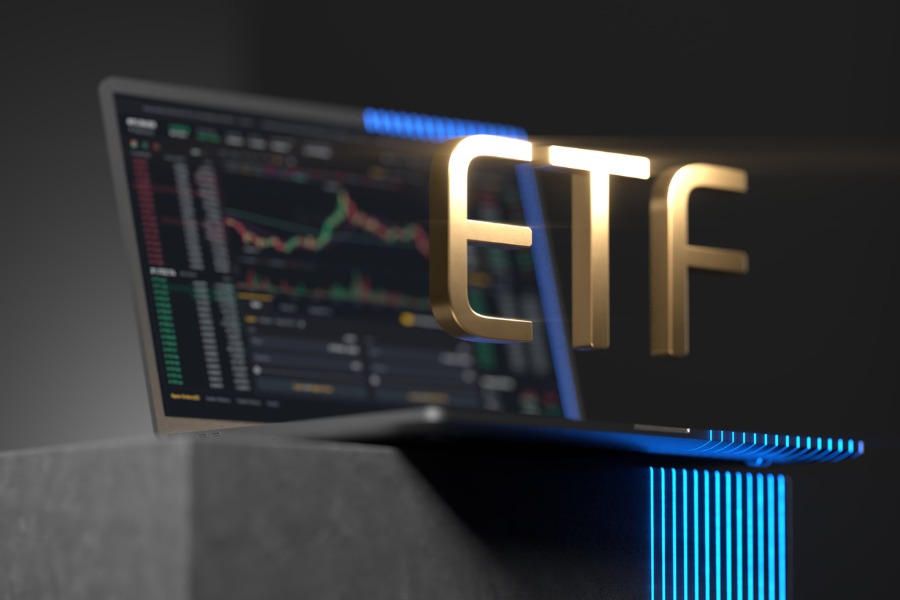

Apollo Global Management Inc. is working on its first exchange-traded fund, linking up with State Street Corp. on an offering that will include private credit investments.
State Street registered the SPDR SSGA Apollo IG Public & Private Credit ETF, according to a regulatory filing on Tuesday. A portion of the fund will be allocated toward liquid credit, while Apollo will seek to originate a pocket of private credit investments for the vehicle.
State Street joins firms like BlackRock Inc. and Invesco Ltd. that are looking to make private assets more accessible to individual investors, with Tuesday’s filing being first out of the gate. Apollo Chief Executive Officer Marc Rowan said in May that he was planning to expand its asset origination business to sell private credit to retail channels.
The private credit universe has grown rapidly in recent years, drawing a host of new entrants. It has largely been reserved for institutional investors such as insurance companies and sovereign wealth funds, although the biggest firms in the industry have been looking to open it up to a wider range of investors.
“We believe investors will increasingly supplement their portfolios with private fixed income and equity strategies,” Rowan said in a statement. “We are confident our relationship with State Street will help accelerate this trend.”
The new fund will need regulatory approval.
Apollo more broadly defines the potential private credit market as a $40 trillion one that’s largely investment grade. While the narrow world of direct loans has been largely dedicated to levered lending, Rowan’s firm has been also looking toward commercial real estate debt, residential mortgages, corporate loans and financing for rail cars and aircraft, among other categories.
US regulations let open-ended funds hold as much as 15% of their holdings in illiquid assets. The limit is designed to help ensure funds can meet redemptions and manage market risks in a timely manner.
Private credit has also been bundled into structures like publicly traded business development corporations and real estate investment trusts. Interval funds have also become popular in recent years, though there are limitations on how often investors can withdraw funds.
The new ETF, which is pending regulatory approval, is designed to “increase accessibility to private markets, opening them to an even larger cross section of investors,” Ron O’Hanley, State Street’s CEO and president, said in the statement.
The ETF structure would offer greater liquidity to investors. Apollo has separately been working on ways to make private markets more liquid, including plans to build out a trading desk for investment-grade private credit loans.

Former Northwestern Mutual advisors join firm for independence.

Executives from LPL Financial, Cresset Partners hired for key roles.

Geopolitical tension has been managed well by the markets.

December cut is still a possiblity.

Canada, China among nations to react to president-elect's comments.
Streamline your outreach with Aidentified's AI-driven solutions
This season’s market volatility: Positioning for rate relief, income growth and the AI rebound
